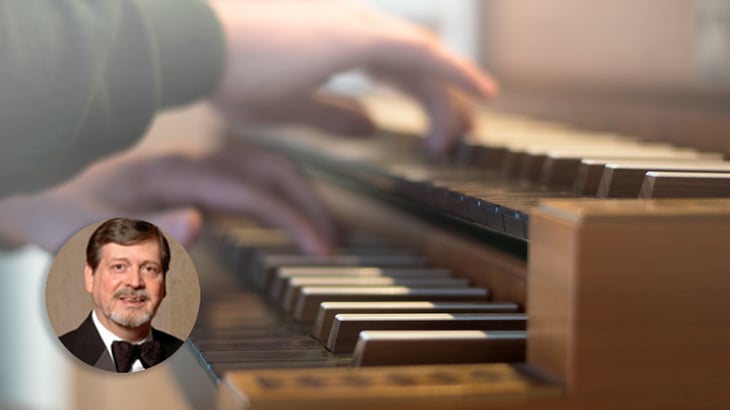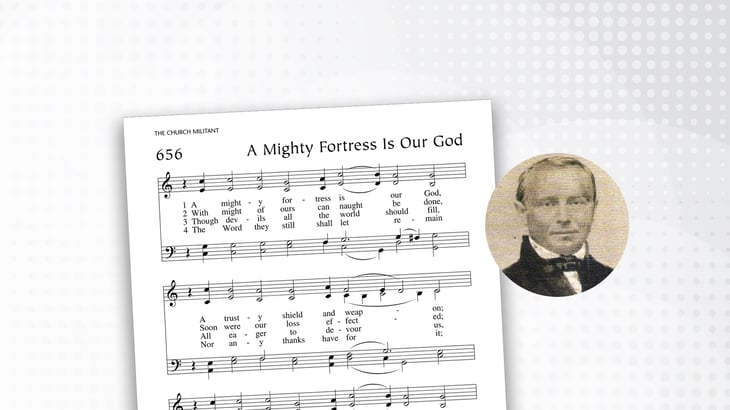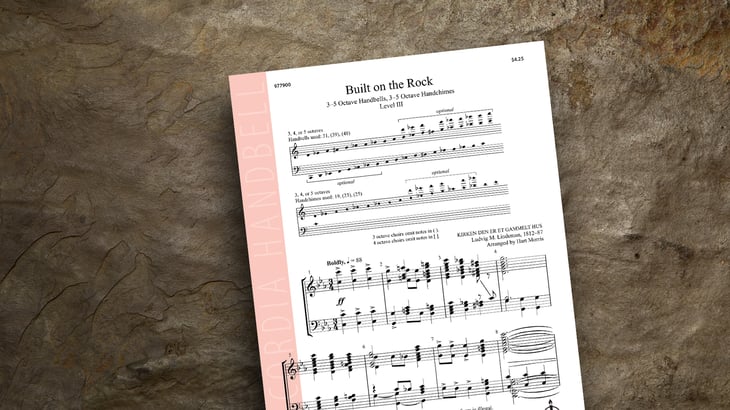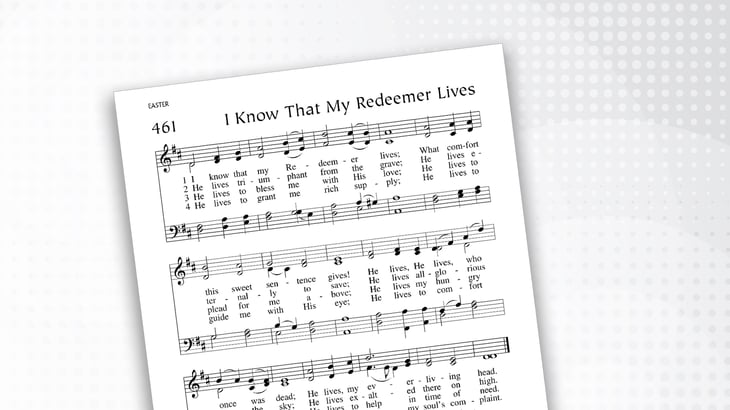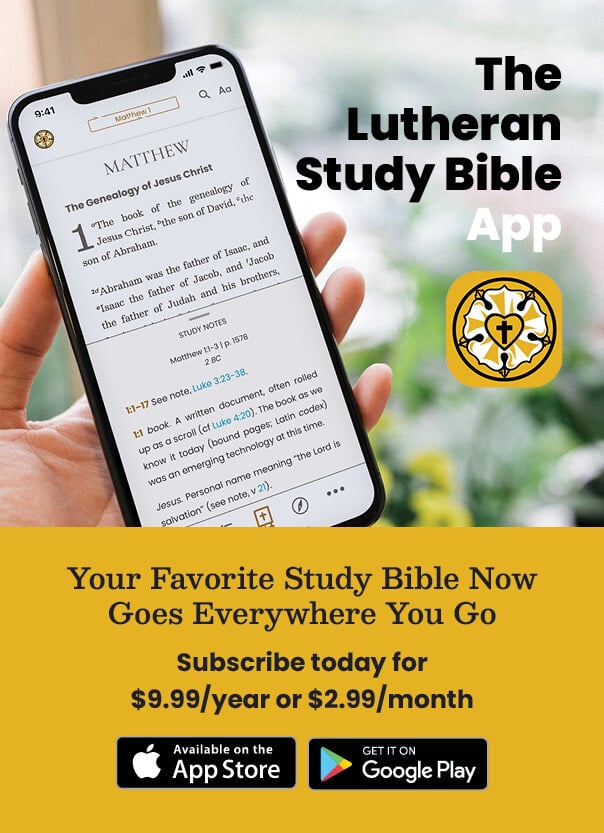Composer of the Month: Kenneth Kosche
Dr. Kenneth T. Kosche, born in 1947, holds a DMA in choral music and served on the faculty in the music department at Concordia University Wisconsin from 1978 to 2009. In those 31 years, Kosche conducted the school’s two choirs and taught classes in composition, conducting, and choral literature.
Unison, 2-Part and 3-Part Choral Music for Sundays in a Pandemic
If you’re a church musician, chances are high that the way you’ve performed music (or haven’t) at church has been completely different from “normal” circumstances. Maybe you’ve switched to pre-recorded services, or livestreamed services with limited groups of musicians accompanying. In some cases, the organist and a soloist might be the safest options.
Music of the Month: The TTBB Chorale Book, Volume 2
CPH is pleased to introduce this new collection of thirty-five hymns for men’s voices, following the classic first volume published in 1961. Featuring all new settings for the Church Year by Kevin Hildebrand, these hymn arrangements include predictable, pleasing harmonies with the melody almost always in the top voice (Tenor 1). These will be useful as stand-alone choral anthems or choral stanzas in alternation with congregational singing.
Music, the Church Year, Repeat
“Repetition is the mother of all learning.”
This is a common saying, especially in education. The exhortation to repeat, repeat, repeat hopefully is prevalent in our Lutheran schools. Only through repetition does one learn and retain something. You are only reading this right now because someone drilled you on your ABCs and phonograms. In music, we drill note names and scales and rhythms.
Composer of the Month: Fridrich Layriz
Have you ever wondered why some hymns in Lutheran Service Book have more than one setting? To the untrained ear, the spacing and notes may seem almost identical, but to a seasoned musician, one tweak can make all the difference. Fridrich Layriz (pronounced LIE-ritz) supported the use of traditional rhythmic settings for hymns, and his work was influential, especially for The Lutheran Church—Missouri Synod and its music.
Using a Children’s Hymnal at Home, Church, and School
What’s the very first thing you do when you get to church on Sunday morning? With social distancing it might look a bit different right now, but do you usually greet the people around you? Sip the coffee you grabbed from the refreshments table? Sit down, pray for a few minutes, and center yourself for worship? As a long-time music lover (and player), the first thing I always did was look up what we would be singing for the day. Knowing which hymns would ring out during service was important to me, not only to see if we’d sing my favorites but also to see what the service was going to be about.
Music of the Month: Built on the Rock
Handbells are a beautiful addition to any Sunday worship service. “Built on the Rock” by Hart Morris gives your handbell and handchime group a challenging yet stunning piece for your congregation to listen to, with a triumphant conclusion of praise to the Savior.
Why Christians Should Make Music with Joy
This past weekend, I discovered a delightful new album that mixed Mozart horn concertos with mambo music featuring the French horn. The promotional video for the album showed a colorfully arrayed orchestra playing a mambo on a Havana street, the musicians dancing to their own music.
How 6 Popular Lutheran Service Book Hymn Tunes Got Their Names
Think about your favorite hymn in Lutheran Service Book. If you have a hymnal handy, take a minute to look it up. In the bottom right corner of the page, there’s probably a name listed in all capital letters—this is the hymn tune. Some are simple, like CAROL or GREENSLEEVES. Others are phrases, often in Latin or German.
Composer of the Month: Kevin Hildebrand
Kevin Hildebrand is Kantor at Concordia Theological Seminary in Fort Wayne, Indiana (CTSFW), and at St. Paul’s Evangelical Lutheran Church in Fort Wayne. His work involves training future pastors at CTSFW in practice and understanding of Lutheran church music and hymnody as well as forming a confessional, congregational, and musical identity at St. Paul’s.
Hildebrand attended Concordia University Chicago for undergraduate study, and afterward, earned master’s degrees in music from the University of Michigan and theology from CTSFW. In Lutheran Service Book, Hildebrand composed the tune “Lord of Life” (552, “O Christ, Who Shared Our Mortal Life”) and wrote harmonizations for three more hymns in LSB.
